Special Report
25 Most Polluted Cities

Published:
Last Updated:

Approximately 125 million Americans live in areas where they are exposed to dangerously high levels of air pollution, a considerable decline from the year before. This has been the trend since the Clean Air Act was passed in 1973. Still, short-term spikes of particle pollution rose considerably in 2017.
24/7 Wall St. reviewed the 25 metropolitan areas with the highest levels of ozone pollution — also known as smog — from the American Lung Association’s annual “State of the Air 2017” report. Harmful to breathe, ozone is created when pollutants — such as gases coming out of tailpipes and smokestacks — come into contact with sunlight. The Los Angeles-Long Beach, California area leads the nation with 142.3 days of unhealthful ozone levels in a single year.
The ALA report considers two types of pollution: ozone pollution and particle pollution, measured in short-term spikes in a given year and in long-term annual averages. Individuals inhaling high levels of these particles are at considerably greater risk of adverse health outcomes such as difficulty breathing and cardiovascular-related illnesses. People suffering from asthma, chronic obstructive pulmonary disease (COPD), and diabetes, as well as the elderly and the very young, are at an even greater risk.
Click here to see the 25 most polluted cities.
Of the over 90 million Americans living in these 25 cities, 8.5 million have asthma, including over 2 million children. Because housing costs tend to reflect the desirability of an area, low-income neighborhoods are often clustered around truck routes, power plants, industrial sites and other high pollution zones.
For this reason, residents of poor communities within these cities tend to be exposed to greater levels of pollution than communities in other parts of these cities.. A combined 7.6 million people live below the poverty line in the 25 smoggiest cities.
The Environmental Protection Agency reports that the most common causes of life-threatening ozone pollution include vehicle exhaust, chemical processing, and industrial production. Particulate pollution, which includes matter such as dirt, dust, and soot, can often have similar root causes, including manufacturing, construction, and automobile use. Given that the sources of both types of pollution can overlap. It is not surprising that the majority of the worst cities for ozone pollution are also among the 25 worst for either short or long-term particulate pollution.
Of the 25 most ozone polluted cities, 11 are in California, including seven of the eight worst. According to the ALA, California’s weather and geography complicate the strong effort the state continues to make to reduce emissions. In particular, California’s Central Valley traps air pollution generated by its major western cities. Of the 11 cities in the state with the worst ozone pollution, almost all are in the Central Valley.
To identify the 25 most polluted U.S. cities, 24/7 Wall St. reviewed the metropolitan statistical areas with the highest levels of ozone pollution, measured in days in a year when the concentration of ozone, or smog, exceeded the EPA standard from the ALA’s 2017 “State of the Air 2017” report. Short-term particle pollution, which is measured in days with excessive particle pollution levels each year and long-term particle pollution, expressed as the annual average concentration of particulate matter, as well as the number of area residents with asthma, including the number of adults and the number of pediatric cases of the disease, also came from the ALA. The incidence of cardiovascular disease and the number of residents who have been diagnosed with chronic obstructive pulmonary disease (COPD) at some point in their lives also came from the ALA.
These are America’s most polluted cities.
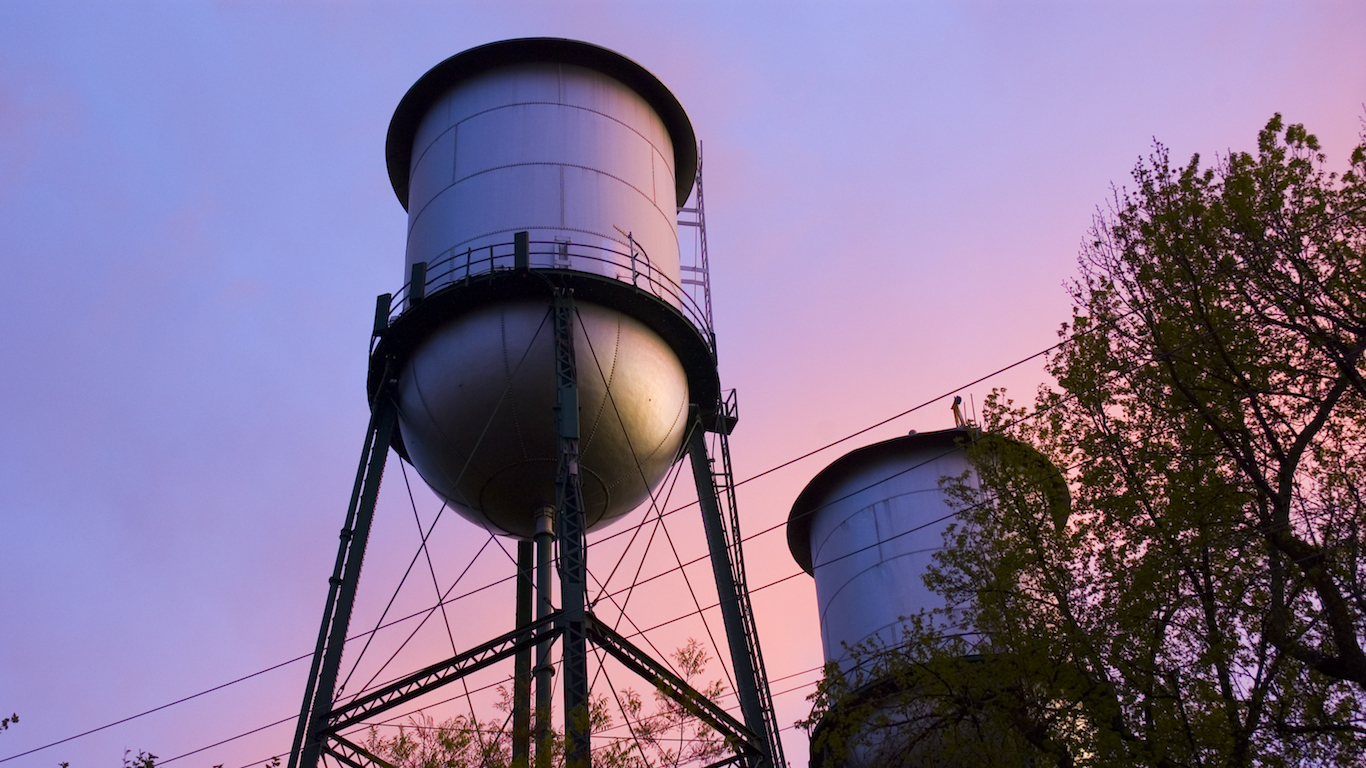
25. Chico, CA
> High ozone days per year: 8.2
> Number of days with unhealthy particle pollution: 9.3
> People with asthma: 17,218
> Population: 225,411
[in-text-ad]
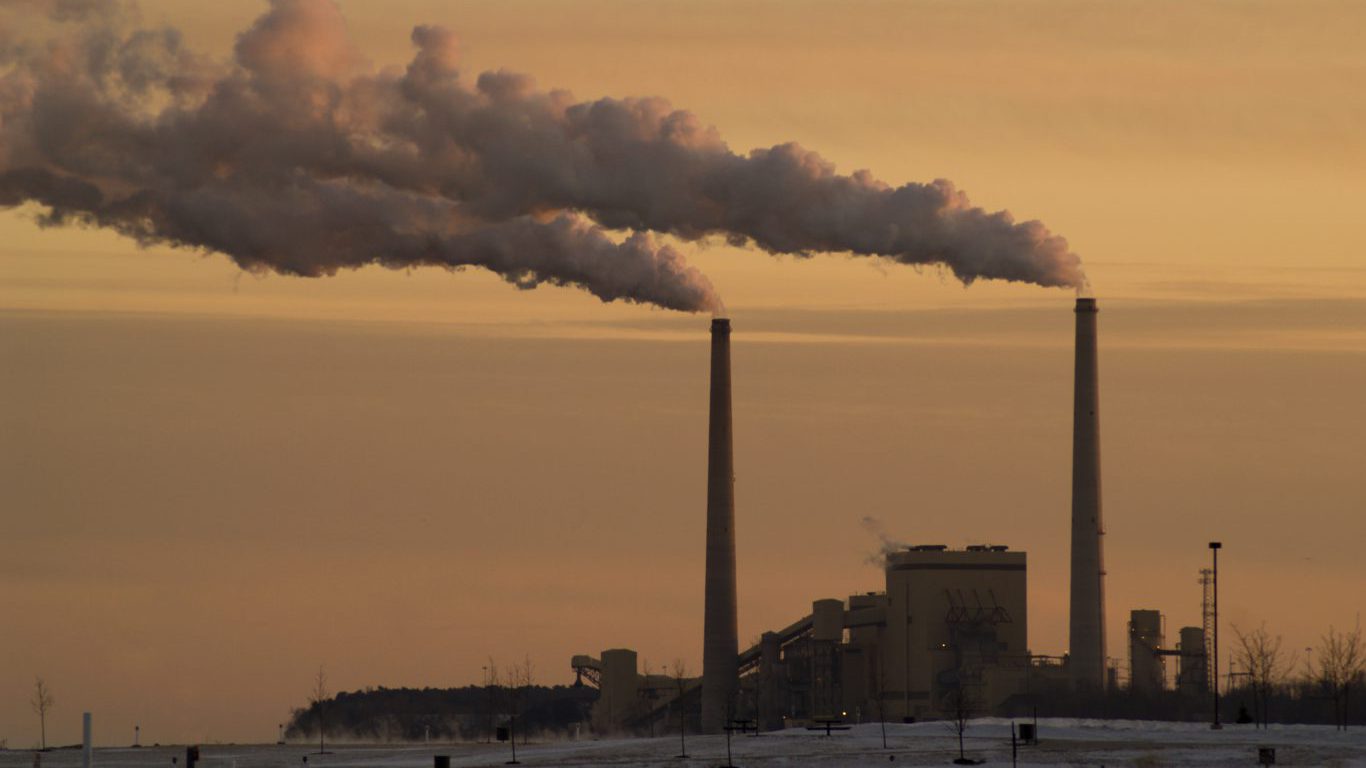
24. Sheboygan, WI
> High ozone days per year: 8.8
> Number of days with unhealthy particle pollution: N/A
> People with asthma: 10,377
> Population: 115,569

22. Baton Rouge, LA
> High ozone days per year: 9.0
> Number of days with unhealthy particle pollution: 8.9
> People with asthma: 69,067
> Population: 830,480
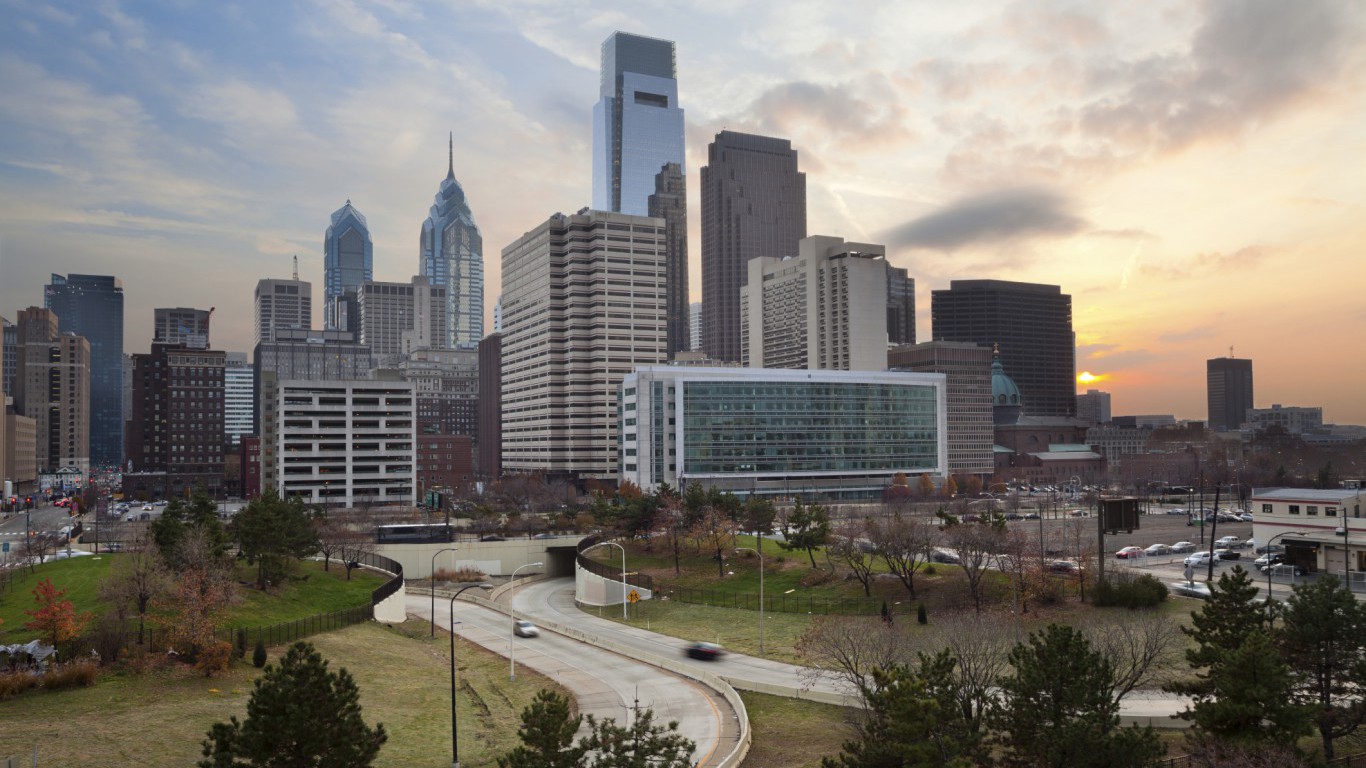
22. Philadelphia-Reading-Camden, PA-NJ-DE-MD
> High ozone days per year: 9.0
> Number of days with unhealthy particle pollution: 9.6
> People with asthma: 688,215
> Population: 7,183,479
[in-text-ad-2]
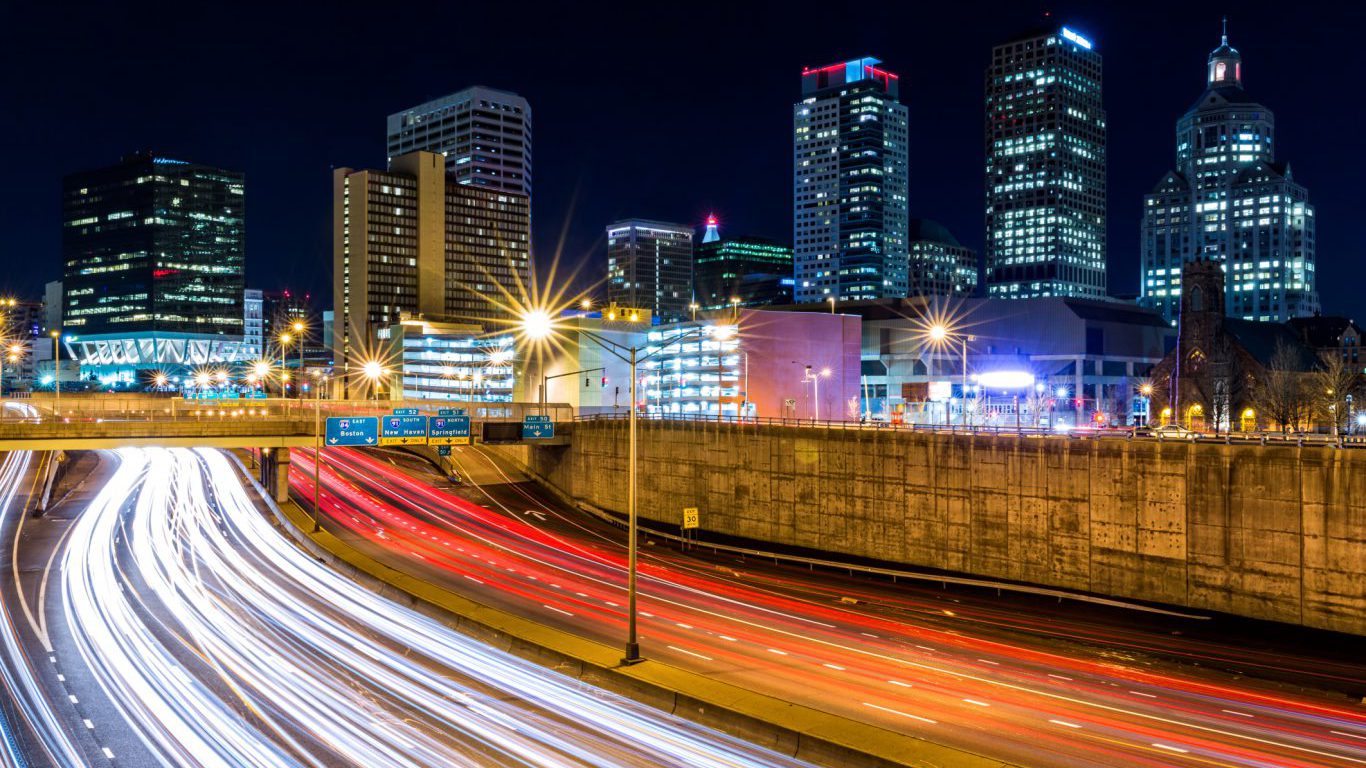
21. Hartford-West Hartford, CT
> High ozone days per year: 10.8
> Number of days with unhealthy particle pollution: 7.3
> People with asthma: 159,585
> Population: 1,483,187
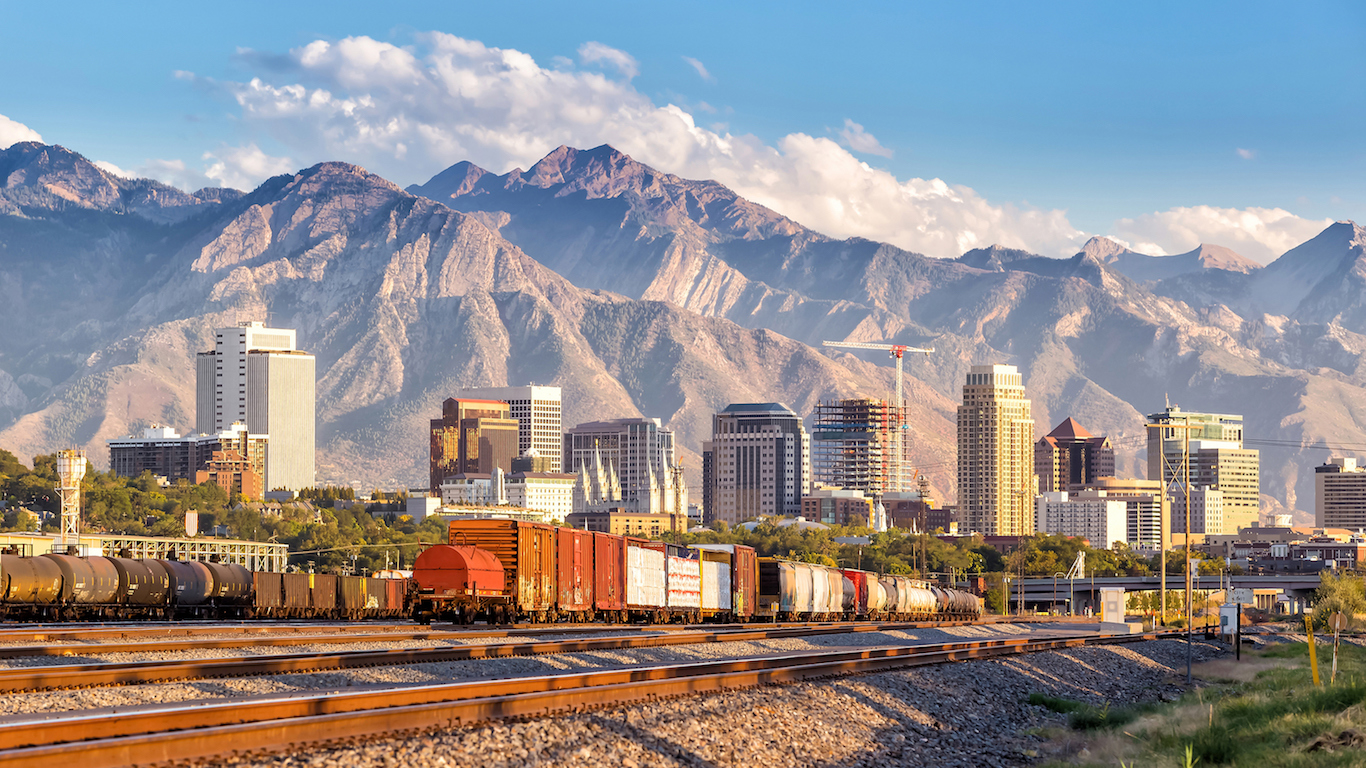
20. Salt Lake City-Provo-Orem, UT
> High ozone days per year: 12.7
> Number of days with unhealthy particle pollution: 9.0
> People with asthma: 208,516
> Population: 2,467,709
[in-text-ad]
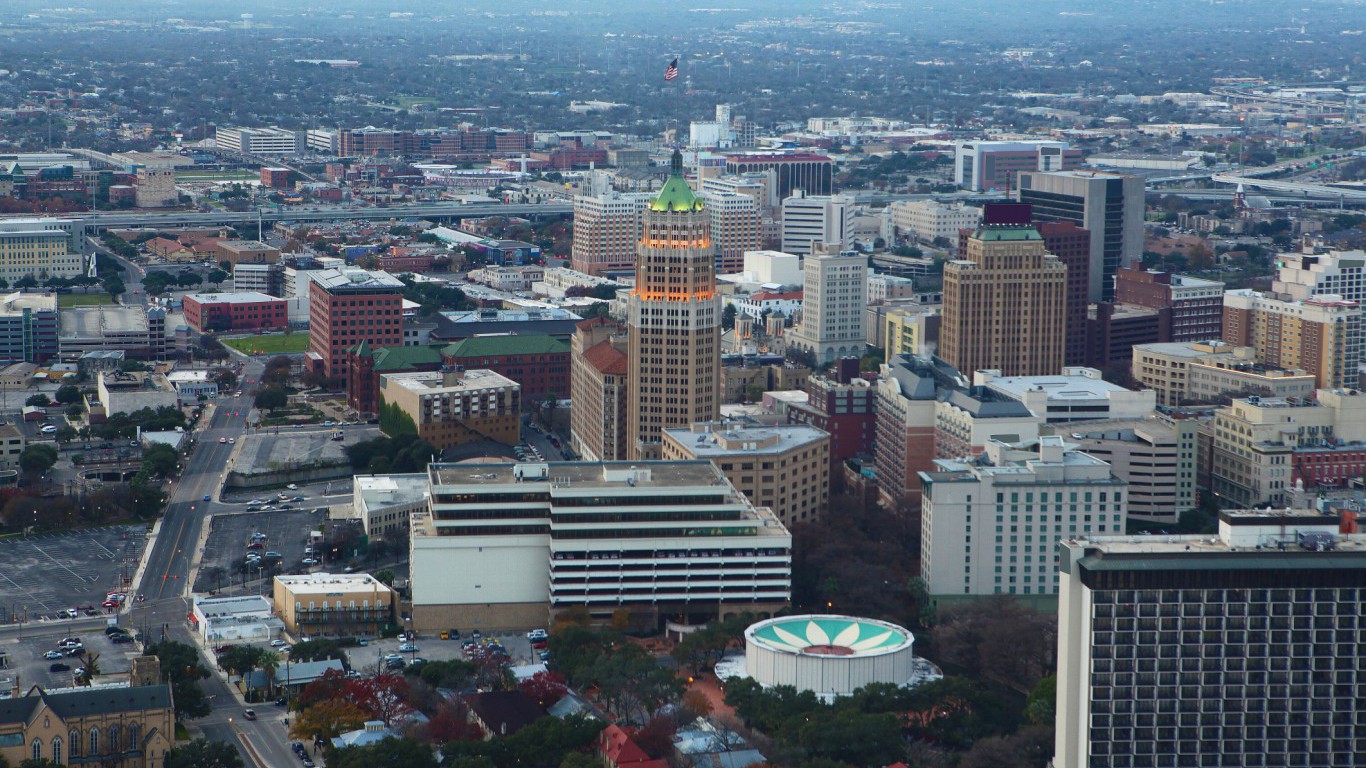
19. San Antonio-New Braunfels, TX
> High ozone days per year: 12.8
> Number of days with unhealthy particle pollution: 8.5
> People with asthma: 183,239
> Population: 2,384,075
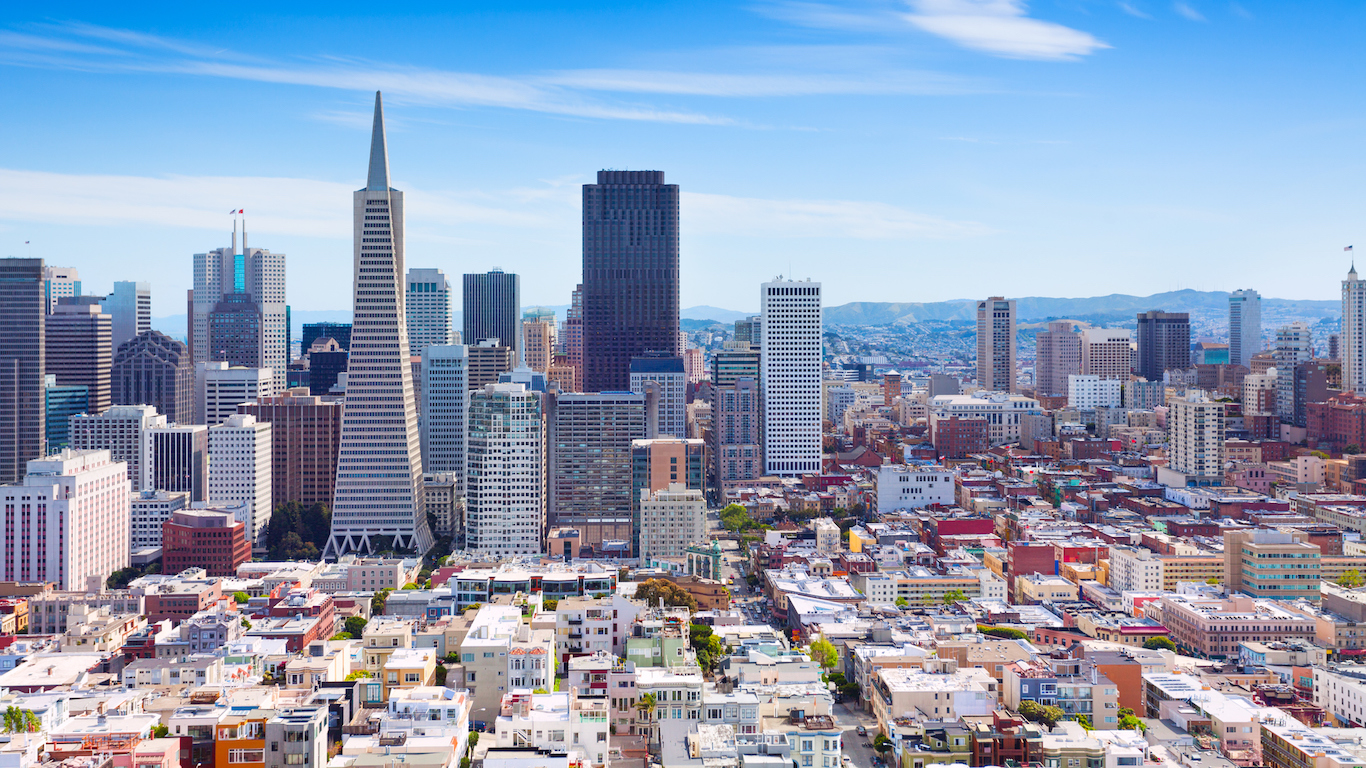
18. San Jose-San Francisco-Oakland, CA
> High ozone days per year: 14.0
> Number of days with unhealthy particle pollution: 9.8
> People with asthma: 660,924
> Population: 8,713,914
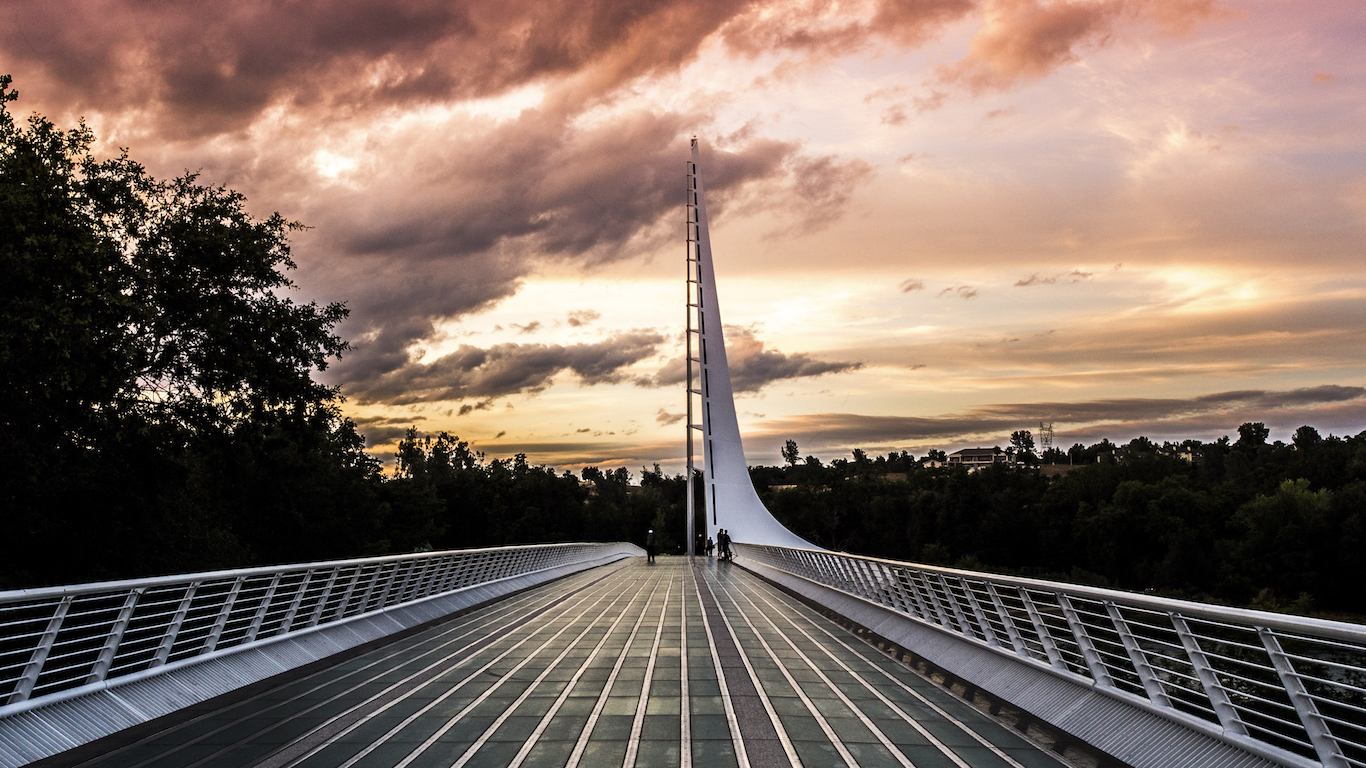
17. Redding-Red Bluff, CA
> High ozone days per year: 14.5
> Number of days with unhealthy particle pollution: 6.2
> People with asthma: 18,612
> Population: 242,841
[in-text-ad-2]
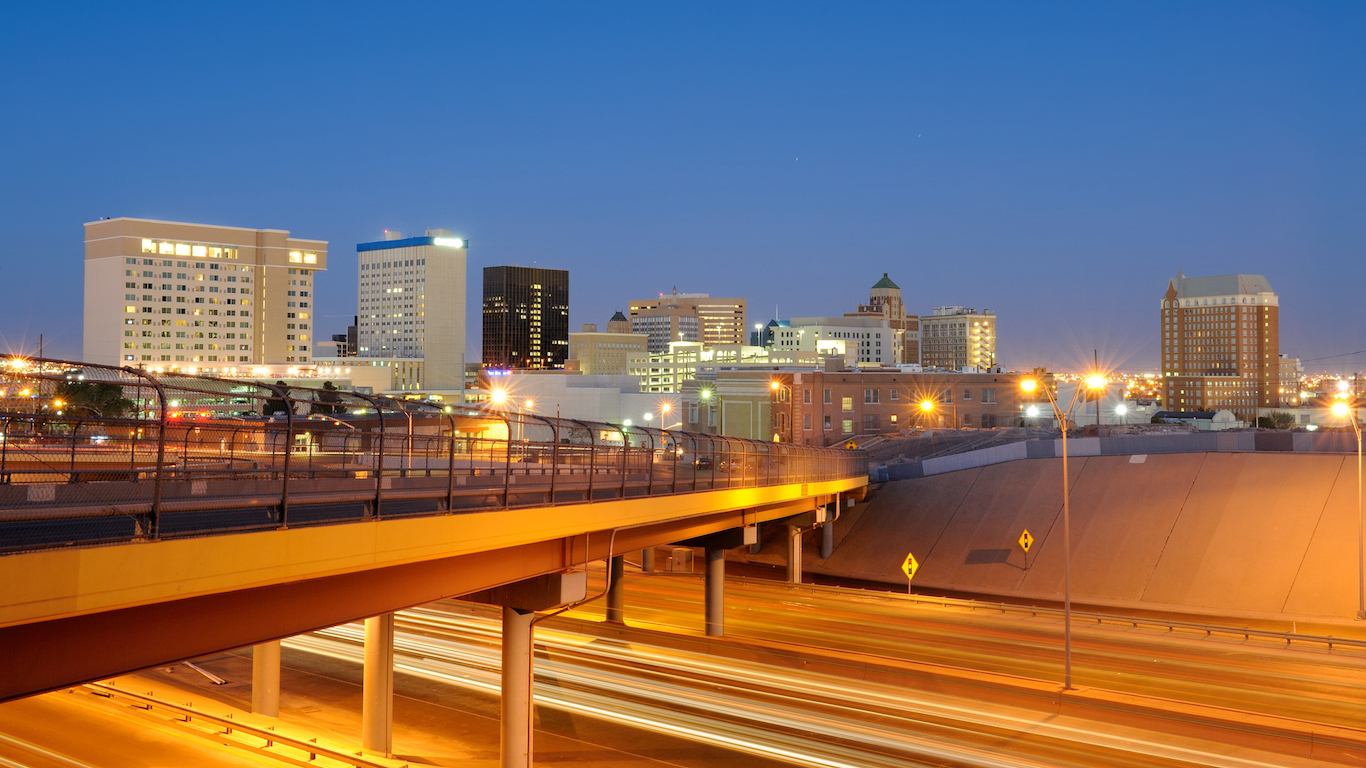
16. El Paso-Las Cruces, TX-NM
> High ozone days per year: 16.2
> Number of days with unhealthy particle pollution: 9.9
> People with asthma: 85,282
> Population: 1,053,267
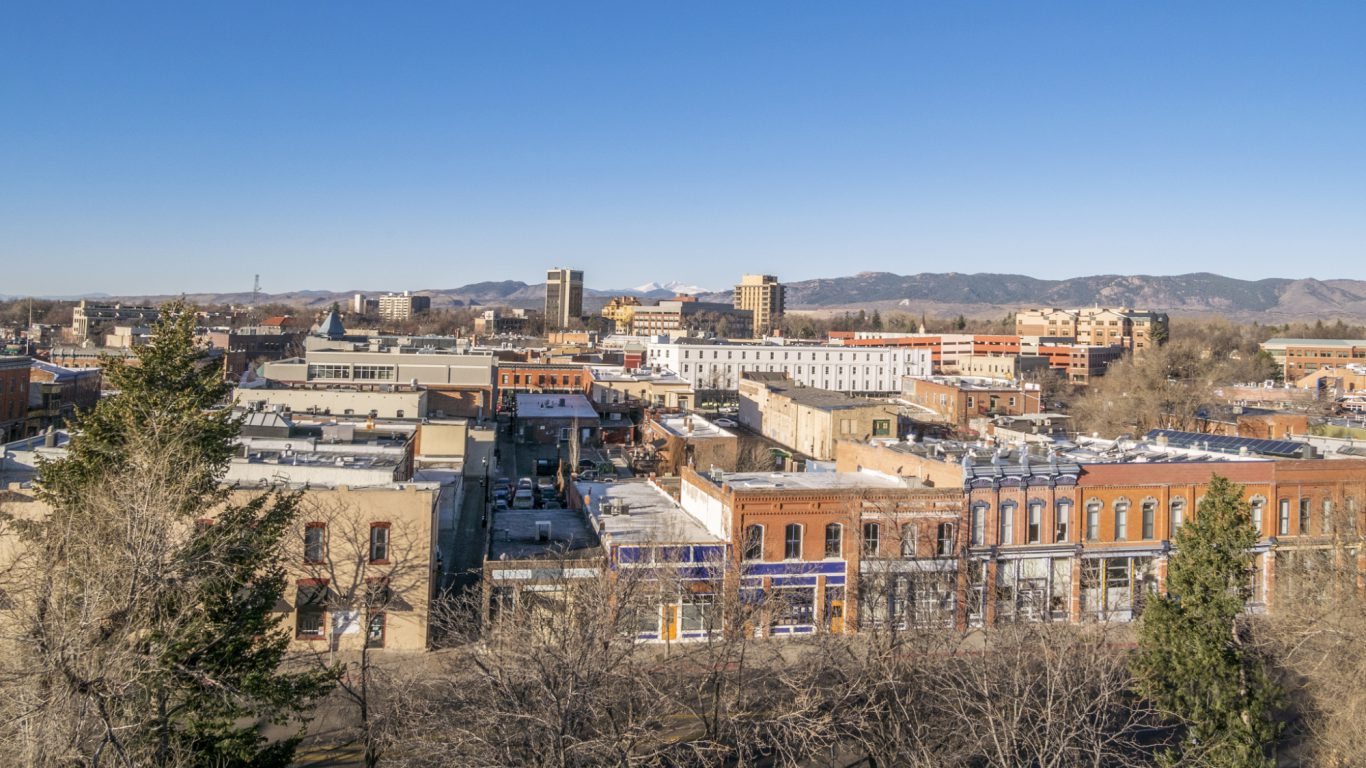
15. Fort Collins, CO
> High ozone days per year: 19.7
> Number of days with unhealthy particle pollution: 6.8
> People with asthma: 29,892
> Population: 333,577
[in-text-ad]
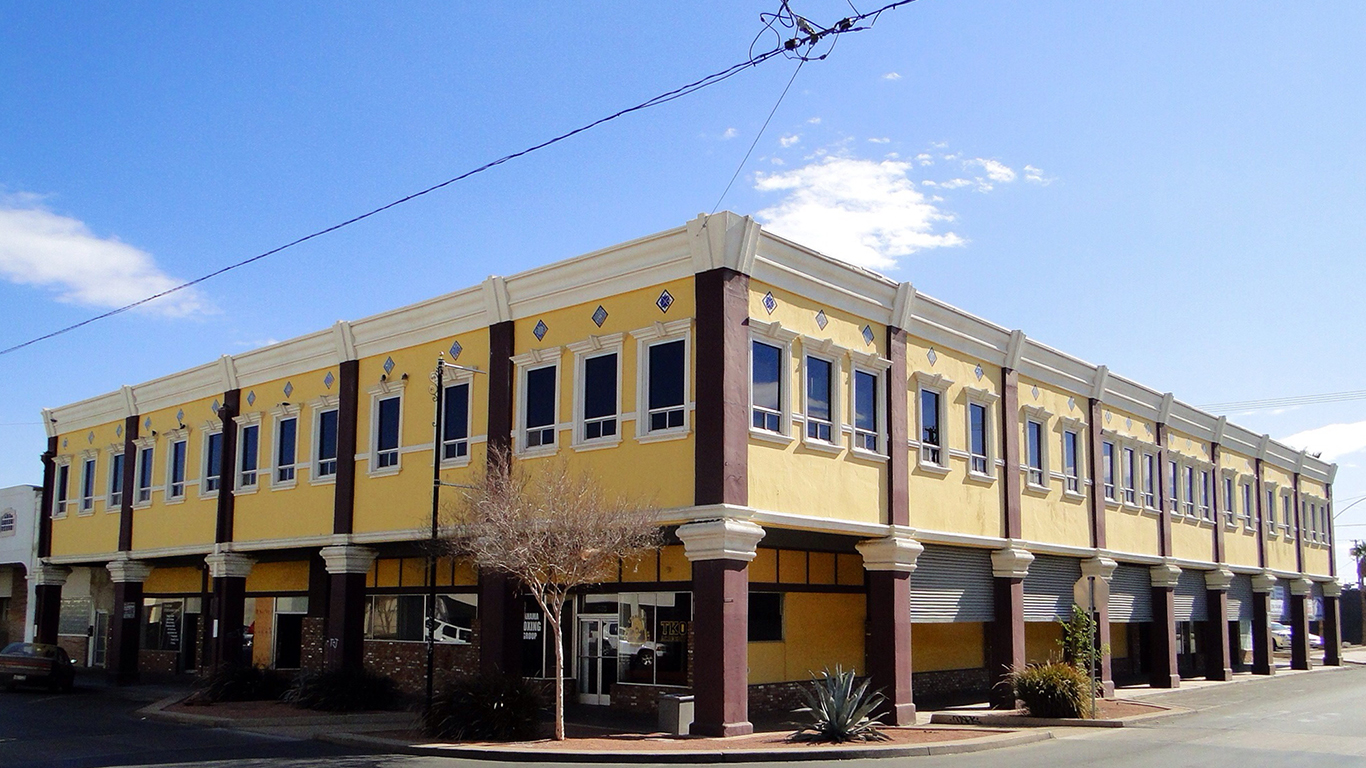
14. El Centro, CA
> High ozone days per year: 22.5
> Number of days with unhealthy particle pollution: 13.1
> People with asthma: 13,587
> Population: 180,191

13. Dallas-Fort Worth, TX-OK
> High ozone days per year: 23.2
> Number of days with unhealthy particle pollution: 9.3
> People with asthma: 580,241
> Population: 7,538,055
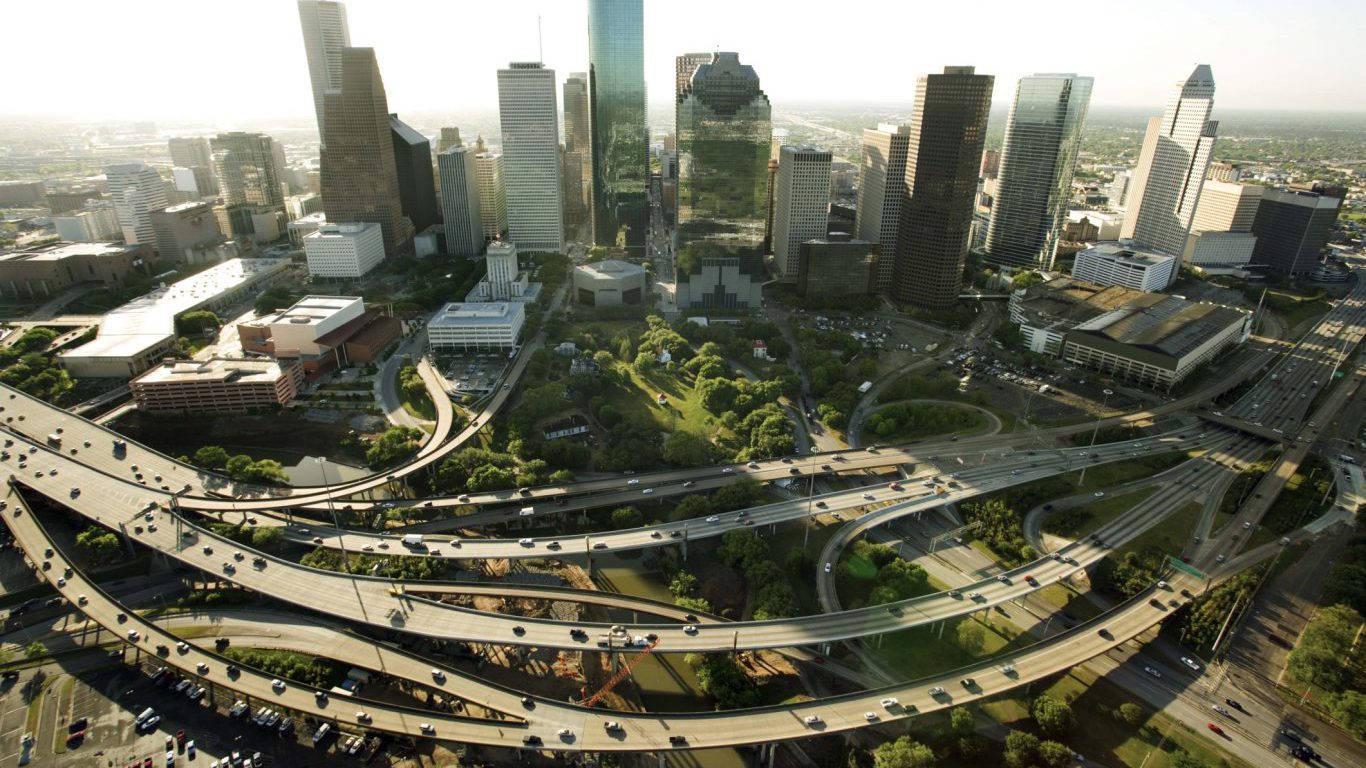
12. Houston-The Woodlands, TX
> High ozone days per year: 23.3
> Number of days with unhealthy particle pollution: 11.6
> People with asthma: 527,088
> Population: 6,855,069
[in-text-ad-2]

11. Denver-Aurora, CO
> High ozone days per year: 23.7
> Number of days with unhealthy particle pollution: 7.8
> People with asthma: 305,473
> Population: 3,418,876
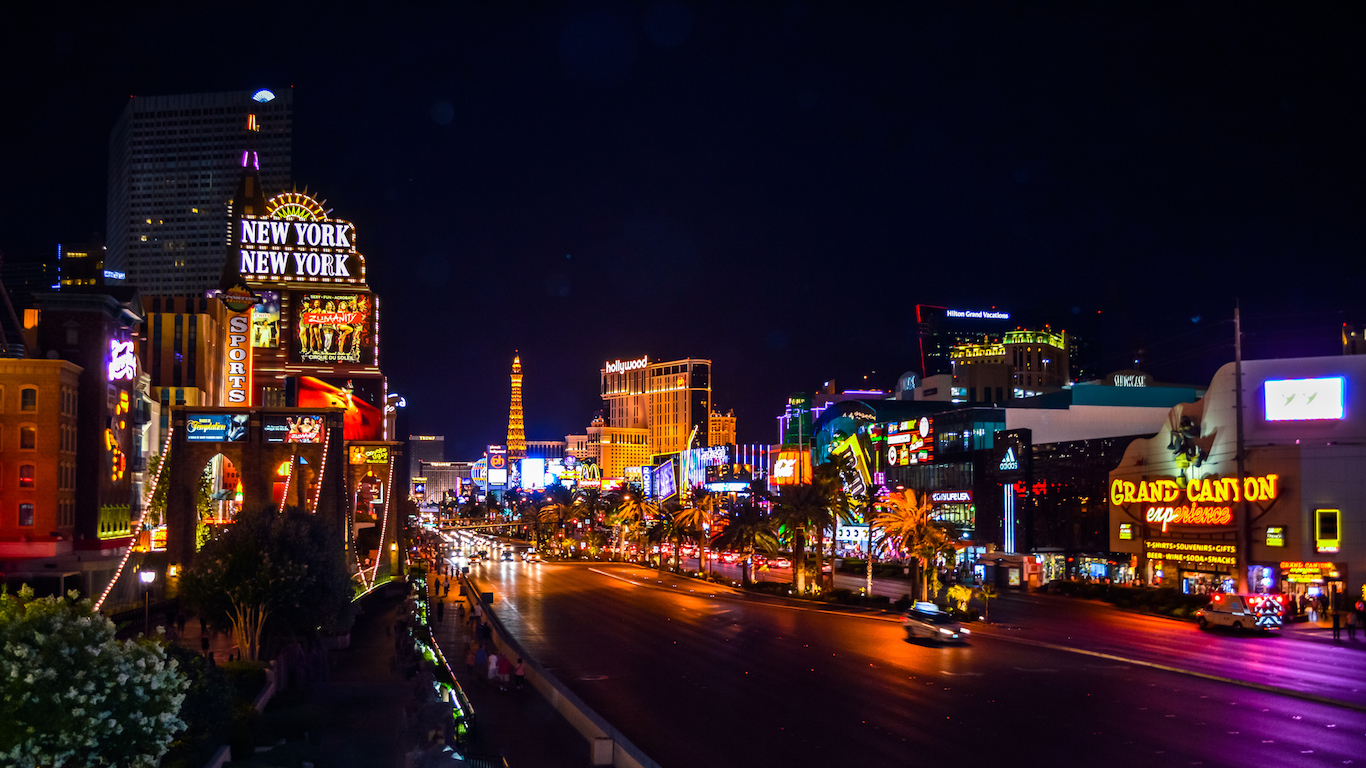
10. Las Vegas-Henderson, NV-AZ
> High ozone days per year: 23.8
> Number of days with unhealthy particle pollution: 10.1
> People with asthma: 182,738
> Population: 2,362,015
[in-text-ad]
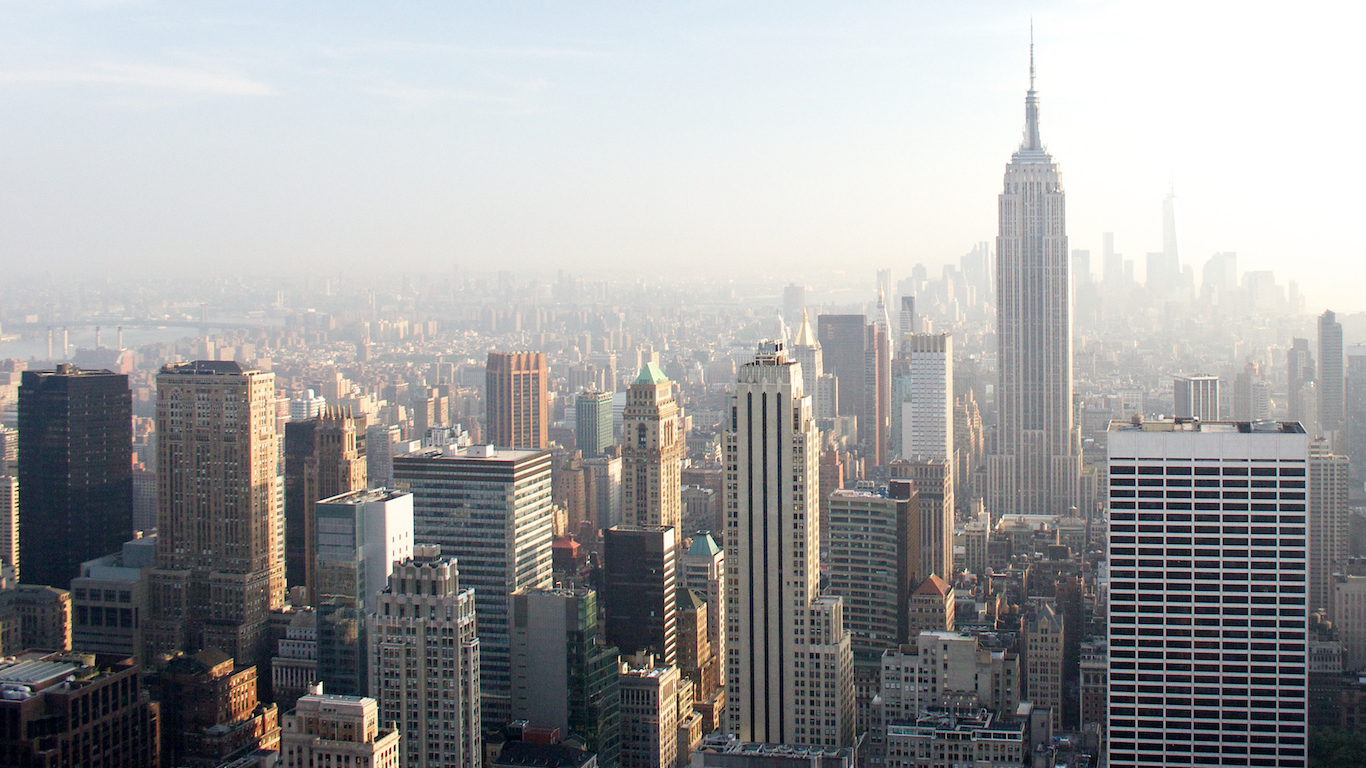
9. New York-Newark, NY-NJ-CT-PA
> High ozone days per year: 24.0
> Number of days with unhealthy particle pollution: 9.4
> People with asthma: 2,213,737
> Population: 23,723,696

8. Sacramento-Roseville, CA
> High ozone days per year: 31.0
> Number of days with unhealthy particle pollution: 9.1
> People with asthma: 193,108
> Population: 2,544,026
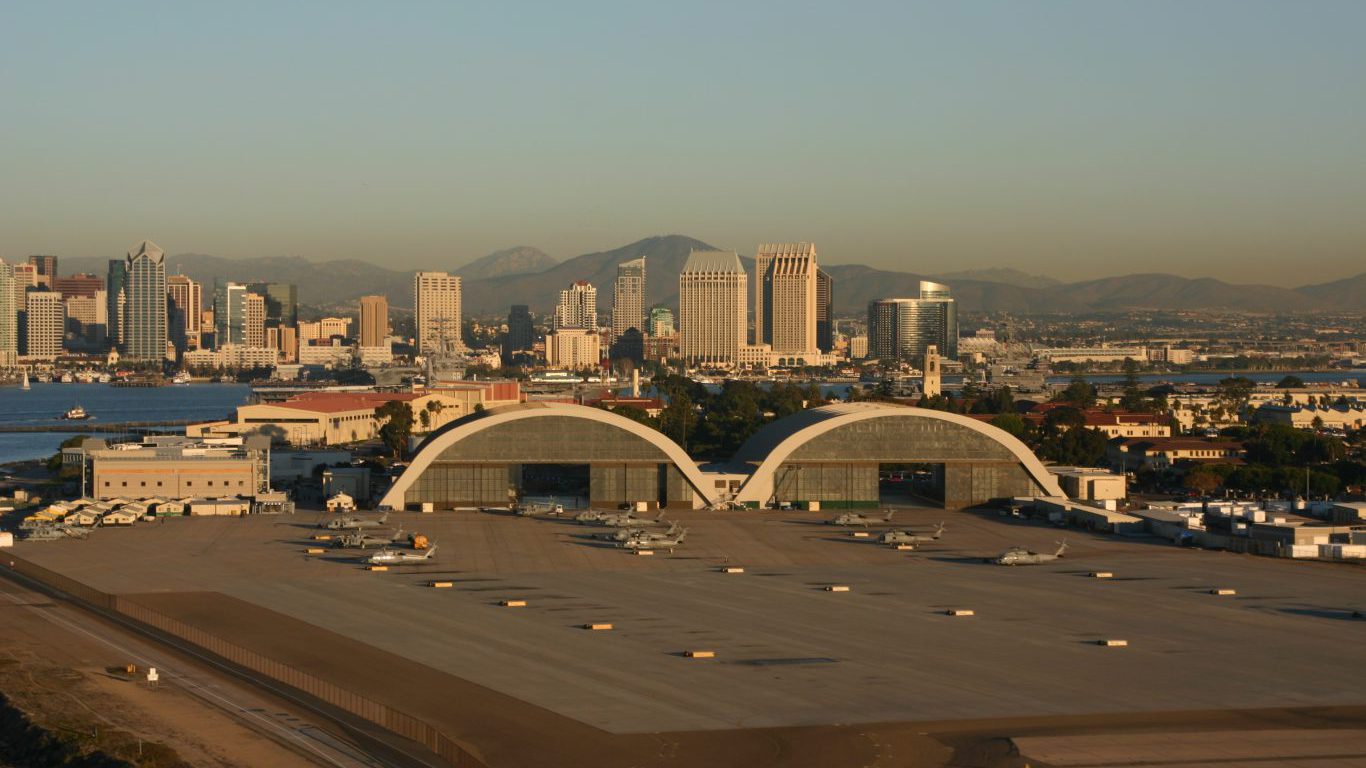
7. San Diego-Carlsbad, CA
> High ozone days per year: 31.2
> Number of days with unhealthy particle pollution: 10.0
> People with asthma: 249,732
> Population: 3,299,521
[in-text-ad-2]

6. Modesto-Merced, CA
> High ozone days per year: 33.3
> Number of days with unhealthy particle pollution: 13.8
> People with asthma: 60,784
> Population: 806,843
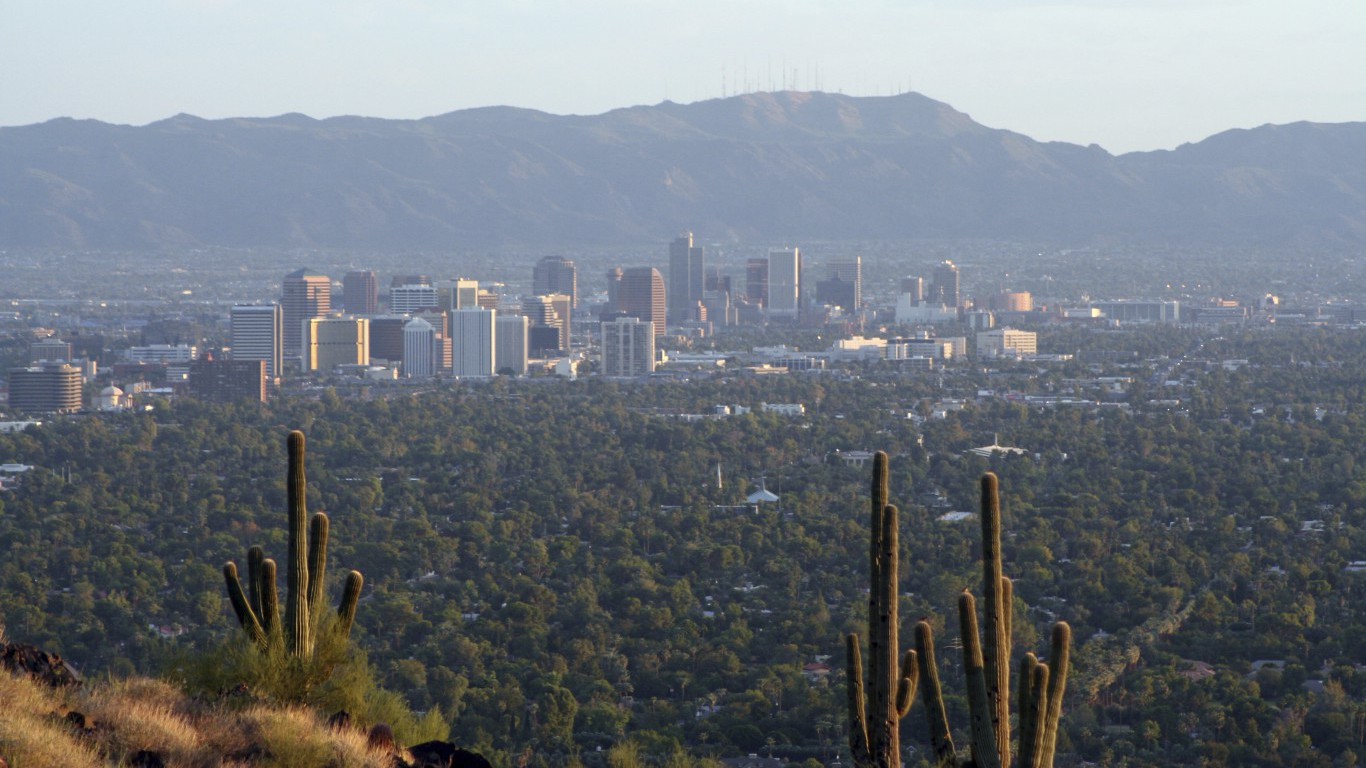
5. Phoenix-Mesa-Scottsdale, AZ
> High ozone days per year: 34.7
> Number of days with unhealthy particle pollution: 7.7
> People with asthma: 447,465
> Population: 4,574,531
[in-text-ad]
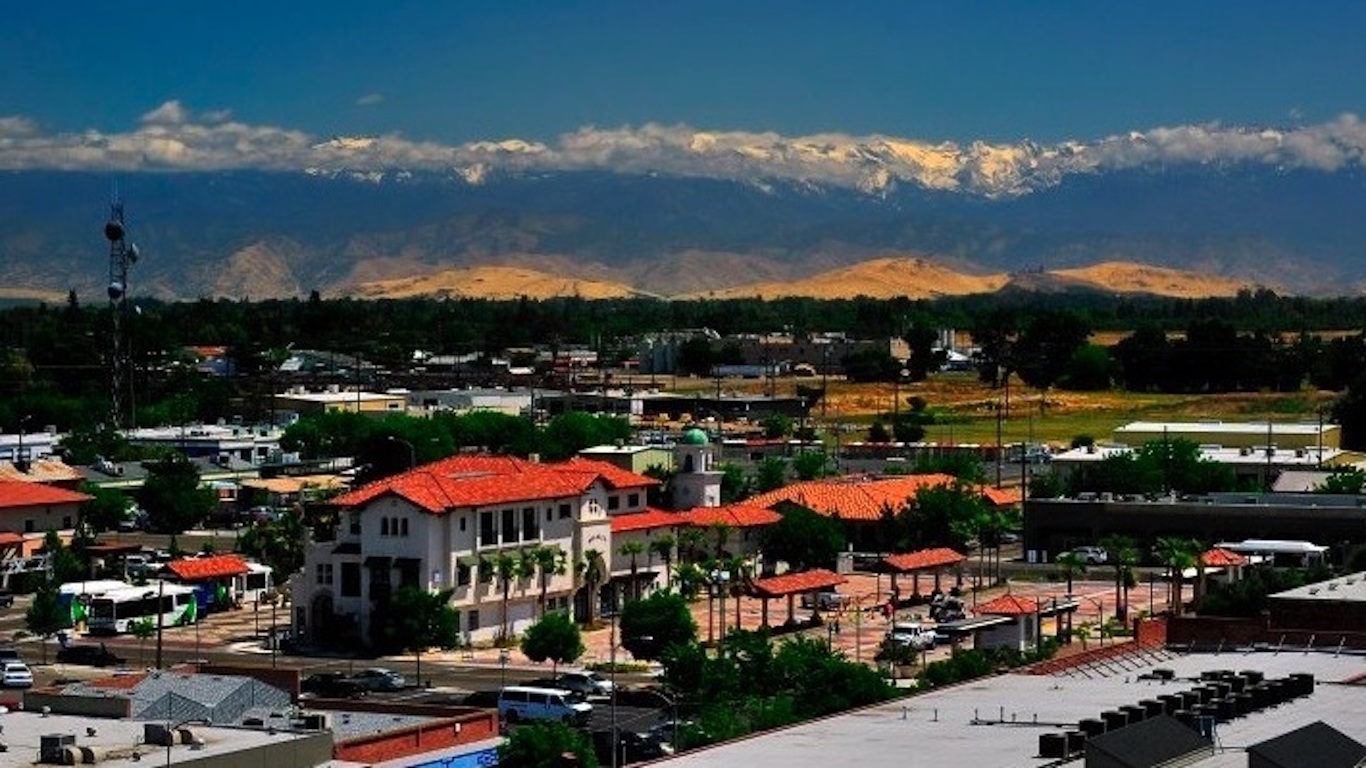
4. Visalia-Porterville-Hanford, CA
> High ozone days per year: 92.5
> Number of days with unhealthy particle pollution: 22.2
> People with asthma: 45,832
> Population: 610,828
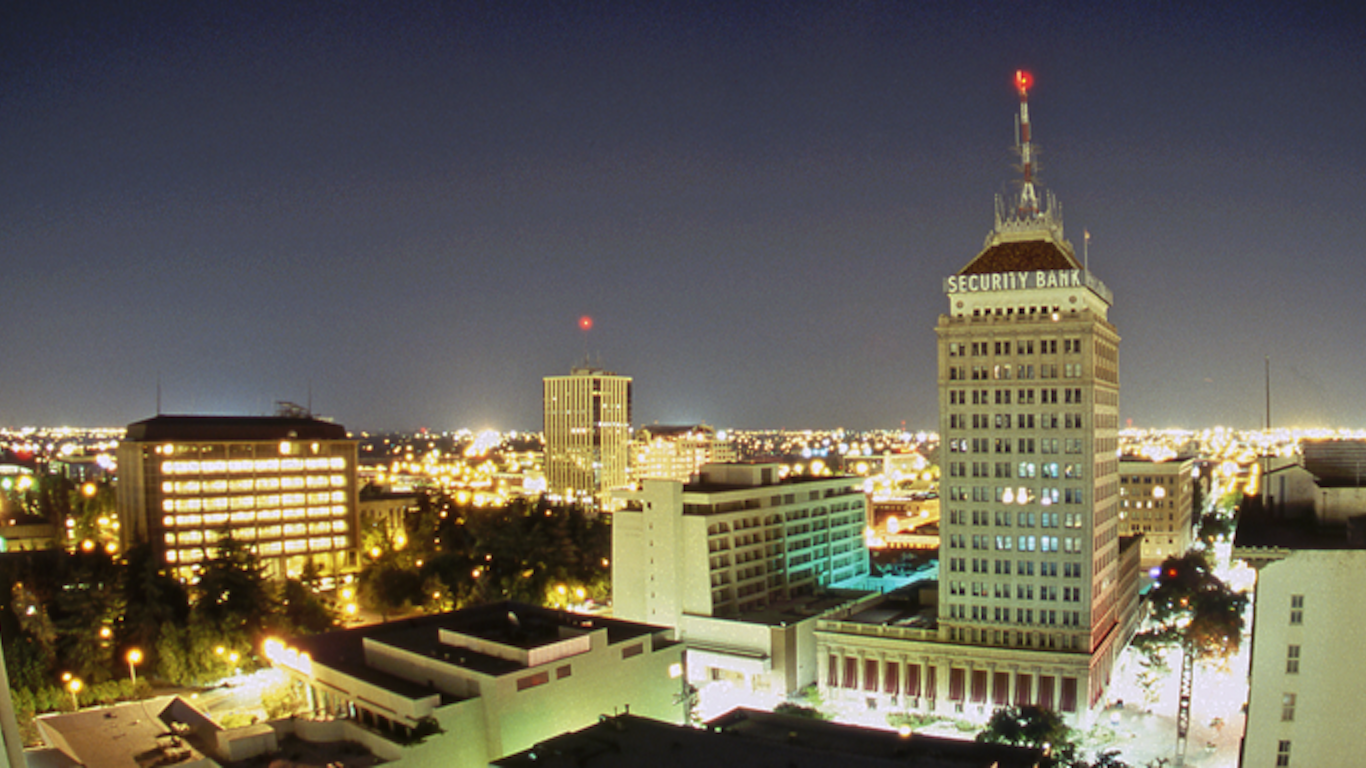
3. Fresno-Madera, CA
> High ozone days per year: 92.8
> Number of days with unhealthy particle pollution: 15.4
> People with asthma: 85,068
> Population: 1,129,859
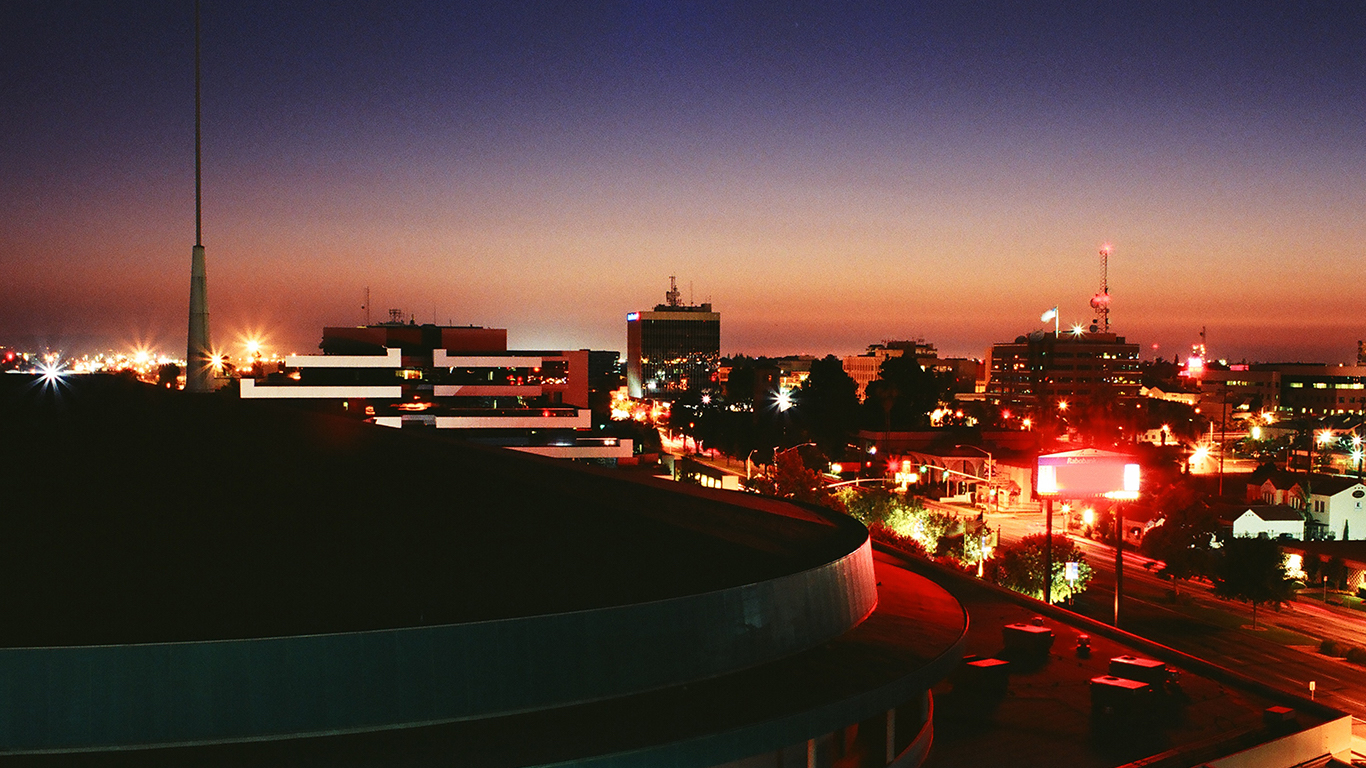
2. Bakersfield, CA
> High ozone days per year: 100.5
> Number of days with unhealthy particle pollution: 20.8
> People with asthma: 66,194
> Population: 882,176
[in-text-ad-2]

1. Los Angeles-Long Beach, CA
> High ozone days per year: 142.3
> Number of days with unhealthy particle pollution: 9.4
> People with asthma: 1,412,273
> Population: 18,679,763
Retirement planning doesn’t have to feel overwhelming. The key is finding professional guidance—and we’ve made it easier than ever for you to connect with the right financial advisor for your unique needs.
Here’s how it works:
1️ Answer a Few Simple Questions
Tell us a bit about your goals and preferences—it only takes a few minutes!
2️ Get Your Top Advisor Matches
This tool matches you with qualified advisors who specialize in helping people like you achieve financial success.
3️ Choose Your Best Fit
Review their profiles, schedule an introductory meeting, and select the advisor who feels right for you.
Why wait? Start building the retirement you’ve always dreamed of. Click here to get started today!
Thank you for reading! Have some feedback for us?
Contact the 24/7 Wall St. editorial team.